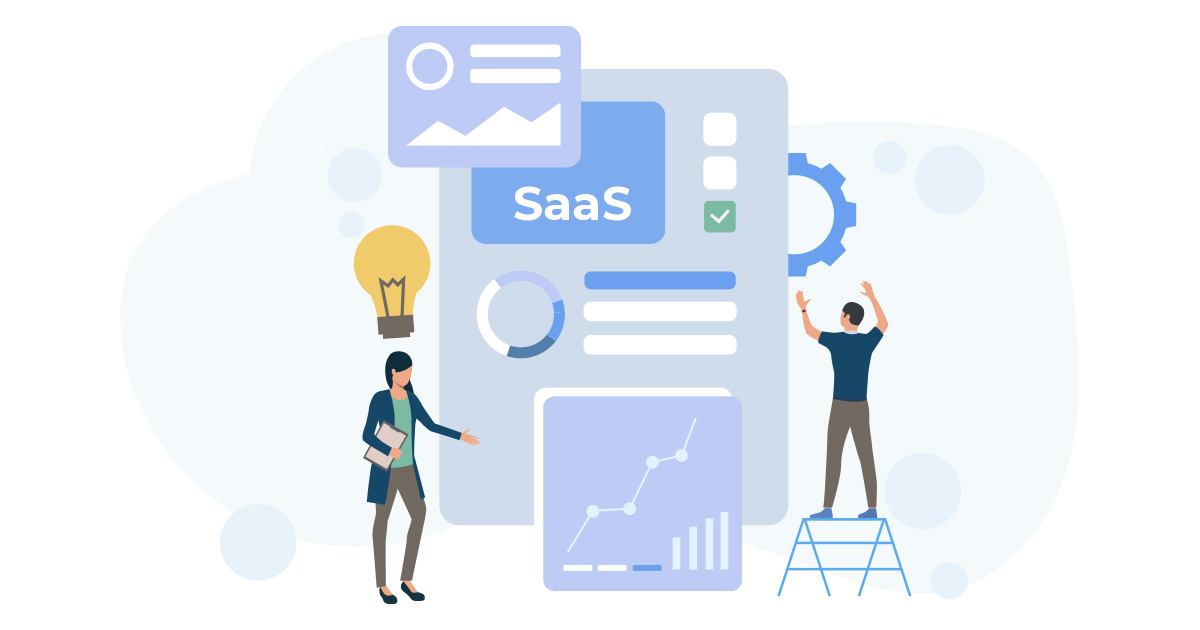Software as a Service (SaaS) is expected to continue its rapid growth as an increasingly popular software delivery model for businesses of all sizes. With the benefits of easy accessibility, scalability, and cost-effectiveness, many companies are adopting SaaS solutions for their operations. However, SaaS implementation can be a complex process.

1. Identify your goals and requirements
Before beginning SaaS implementation, it is important to identify your goals and requirements. This includes determining what processes the SaaS solution will support, what functionalities are necessary, and what business outcomes you hope to achieve. Identifying your goals and requirements will help you evaluate potential SaaS solutions and ensure you choose a solution that meets your business needs.
2. Choose the right SaaS solution
Choosing the right SaaS solution is critical to successful implementation. When evaluating SaaS providers, consider factors such as the provider’s reputation, the functionality of the software, the provider’s customer support, and security and compliance measures. Be sure to choose a provider that offers a solution that meets your specific business needs and requirements.
3. Create a detailed implementation plan
Creating a detailed implementation plan is essential for a successful SaaS implementation. This plan should include the following:
- Timelines
- Budgets
- Resources
- Key Milestones
Your plan should also identify who is responsible for each aspect of the implementation process and how you will monitor and measure progress. A detailed implementation plan will help you ensure that the implementation is completed on time, within budget, and with minimal disruption to your business operations.
4. Test and train your team
Before rolling out the Saas solution to your team, testing the software and training your team thoroughly is essential. This will help you identify potential issues before they impact your business operations and ensure that your team is prepared to use the new software. Testing should include functionality, performance, and security testing. Training should consist of technical training on how to use the software and how to integrate the software into your existing business processes.
5. Consider data migration and integration
Data migration and integration will be vital if you transition from an existing software solution to a new SaaS solution. It is important to determine how the data from your current system will be migrated into the new system and how the new system will integrate with other business systems. This may require data migration tools, custom integrations, or other methods to ensure a seamless transition.
6. Monitor and Optimize
After implementing the SaaS solution, monitoring and optimizing it continuously is essential. This includes tracking key performance metrics, identifying areas for improvement, and making necessary adjustments to ensure the solution continues to meet your business needs. Regularly monitoring and optimizing your SaaS solution will help you get the most out of your investment and ensure that the solution continues to support your business goals.
Final Thoughts
In conclusion, SaaS implementation can be complex, but following these tips can help ensure a successful performance. By identifying your goals and requirements, choosing the right SaaS solution, creating a detailed implementation plan, testing and training your team, considering data migration and integration, and continuously monitoring and optimizing the answer, you can implement a SaaS solution that meets your business needs and supports your business goals.
